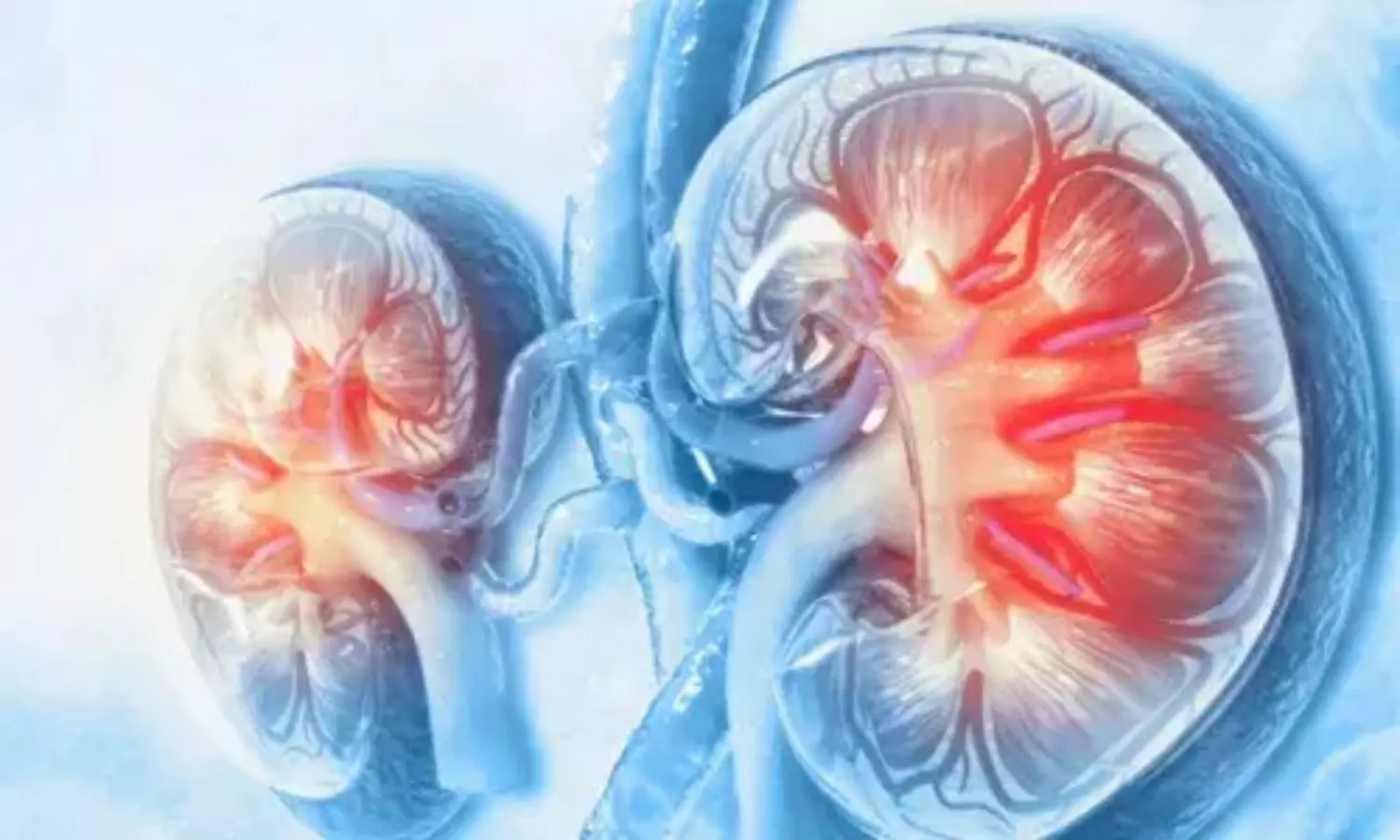- Home
- Medical news & Guidelines
- Anesthesiology
- Cardiology and CTVS
- Critical Care
- Dentistry
- Dermatology
- Diabetes and Endocrinology
- ENT
- Gastroenterology
- Medicine
- Nephrology
- Neurology
- Obstretics-Gynaecology
- Oncology
- Ophthalmology
- Orthopaedics
- Pediatrics-Neonatology
- Psychiatry
- Pulmonology
- Radiology
- Surgery
- Urology
- Laboratory Medicine
- Diet
- Nursing
- Paramedical
- Physiotherapy
- Health news
- AYUSH
- State News
- Andaman and Nicobar Islands
- Andhra Pradesh
- Arunachal Pradesh
- Assam
- Bihar
- Chandigarh
- Chattisgarh
- Dadra and Nagar Haveli
- Daman and Diu
- Delhi
- Goa
- Gujarat
- Haryana
- Himachal Pradesh
- Jammu & Kashmir
- Jharkhand
- Karnataka
- Kerala
- Ladakh
- Lakshadweep
- Madhya Pradesh
- Maharashtra
- Manipur
- Meghalaya
- Mizoram
- Nagaland
- Odisha
- Puducherry
- Punjab
- Rajasthan
- Sikkim
- Tamil Nadu
- Telangana
- Tripura
- Uttar Pradesh
- Uttrakhand
- West Bengal
- Medical Education
- Industry
High glucose-to-lymphocyte ratio associated with poor prognosis in patients with sepsis-associated AKI

A recently published investigation delves into the potential link between the glucose-to-lymphocyte ratio (GLR) and the prognosis of patients with sepsis-associated acute kidney injury (SA-AKI). The study underscores GLR's potential as an independent risk factor for predicting 28-day mortality in SA-AKI patients. Elevated GLR levels were associated with poorer prognosis, indicating its value as a prognostic marker in this critical medical condition.
This study was published in the journal Zhonghua Wei Zhong Bing Ji Jiu Yi Xue by Zhang L. and colleagues. The study aimed to evaluate whether GLR levels could serve as a predictor of patient outcomes in this critical medical condition. The study examined 1,524 SA-AKI patients, aged 18 years and above, utilizing the Medical Information Mart for Intensive Care-IV (MIMIC-IV) database. Patients were categorized into three groups based on GLR levels: GLR1 (≤ 4.97×10[-9] mmol), GLR2 (4.97×10[-9] mmol < GLR < 9.75×10[-9] mmol), and GLR3 (≥ 9.75×10[-9] mmol). The study assessed mortality rates at 28 days, 90 days, 180 days, and 1 year among the patient groups. Additionally, multivariate logistic regression analysis and receiver operator characteristic curve (ROC curve) analysis were employed to determine GLR's predictive efficacy for 28-day mortality.
Mortality Rates: Mortality rates, at various time points, increased incrementally with higher GLR levels. For instance, at 28 days, mortality was 11.64%, 22.00%, and 33.86% in GLR1, GLR2, and GLR3 groups, respectively.
Association with Mortality: The GLR demonstrated a direct association with mortality, as higher GLR levels were significantly linked to increased mortality rates within 28 days.
Predictive Value: The area under the ROC curve (AUC) for GLR in predicting 28-day mortality was 0.674, indicating moderate predictive ability. When combined with acute physiology score III (APS III) and sequential organ failure assessment (SOFA) score, the predictive performance improved substantially, with an AUC of 0.806.
The findings highlight the importance of assessing GLR alongside other established scores (APS III, SOFA) for a more accurate prediction of mortality risk in SA-AKI patients. This extensive investigation provides clinicians with a novel insight into utilizing GLR as a potential prognostic indicator in the assessment and management of SA-AKI patients, potentially aiding in tailored interventions and improved patient outcomes.
Reference:
Zhang, L., Liu, F., Li, Q., Li, Y., Shao, Q., Tao, W., Hu, P., Qian, K., & Lu, Y. (2023). Association between blood glucose-to-lymphocyte ratio and prognosis of patients with sepsis-associated acute kidney injury. Zhonghua Wei Zhong Bing Ji Jiu Yi Xue, 35(12). https://doi.org/10.3760/cma.j.cn121430-20230901-00725
Dr Kartikeya Kohli is an Internal Medicine Consultant at Sitaram Bhartia Hospital in Delhi with super speciality training in Nephrology. He has worked with various eminent hospitals like Indraprastha Apollo Hospital, Sir Gangaram Hospital. He holds an MBBS from Kasturba Medical College Manipal, DNB Internal Medicine, Post Graduate Diploma in Clinical Research and Business Development, Fellow DNB Nephrology, MRCP and ECFMG Certification. He has been closely associated with India Medical Association South Delhi Branch and Delhi Medical Association and has been organising continuing medical education programs on their behalf from time to time. Further he has been contributing medical articles for their newsletters as well. He is also associated with electronic media and TV for conduction and presentation of health programs. He has been associated with Medical Dialogues for last 3 years and contributing articles on regular basis.


